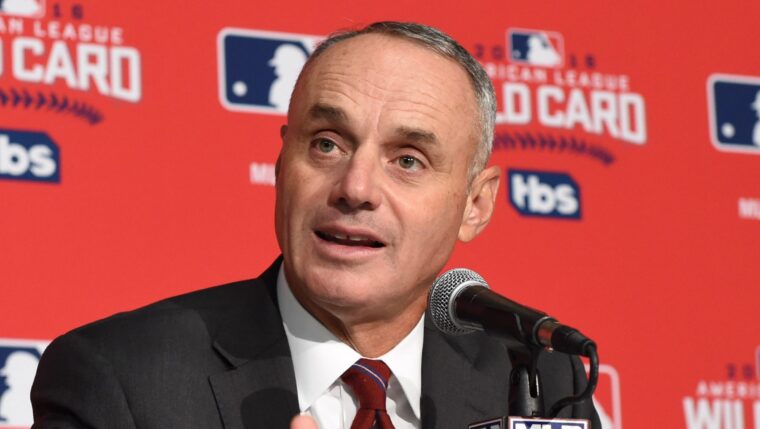
Major League Baseball announced three rule changes that have been approved by a majority vote of the new joint Competition Committee for play during the 2023 Championship Season, including Spring Training and the Postseason. The new joint committee was created as a part of the Collective Bargaining Agreement negotiated between MLB and the Major League Baseball Players Association (MLBPA) earlier this year.
Here are the three rule changes:
Pitch Timer
- A pitcher must begin his motion before the expiration of the timer. Pitchers will have up to 15 seconds between pitches when the bases are empty and up to 20 seconds between pitches with at least one runner on base. Testing in the Minor Leagues involved 14 seconds with the bases empty and 18 seconds (19 seconds in Triple-A) with at least one runner on base.
- A pitcher may disengage the rubber (timer resets) twice per plate appearance without penalty. Subsequent disengagements result in a balk, unless an out is recorded on a runner. The disengagement count resets if the runner advances; testing in the Minors had no reset until the following plate appearance.
- A hitter must be in the batter’s box and alert to the pitcher with at least eight seconds remaining. Testing in the Minor Leagues included nine seconds remaining.
- A hitter receives one timeout per plate appearance.
- Umpires will have authority to provide additional time if warranted by special circumstances (e.g., the catcher makes the last out of the inning and needs additional time to get into defensive position).
Compared to last season, the Pitch Timer has reduced the average nine-inning game time by 26 minutes. Stolen base attempts per game have increased from 2.23 in 2019, at a 68% success rate, to 2.83 in 2022, at a 77% success rate.
Defensive Shift Restrictions
- Two infielders must be positioned on each side of second base when the pitch is released.
- All four infielders must have both feet within the outer boundary of the infield when the pitcher is on the rubber.
- Infielders may not switch sides unless there is a substitution.
Bigger Bases
- With the goal of improving player safety, the size of first, second, and third base will increase from the standard 15” square to 18” square.
Base-related injuries decreased by 13.5% in the Minor Leagues this season, including declines at every level of the Minors.
Players on the Competition Committee voted unanimously against the pitch clock and shift bans, but voted for larger bases.















